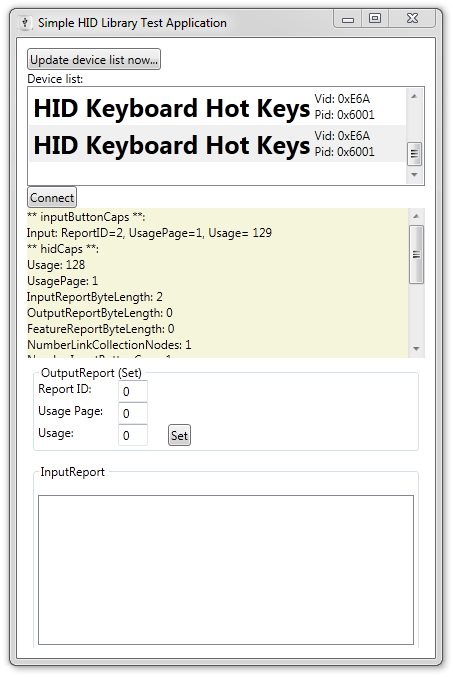

Then debug the ELF file in Rowley CrossWorks. If I want to trace the hardware, I build for STM32 Nucleo boards. After all, this is going to be what and where the sketch will be built by the rest of the world. Personally, I build sketch code in the Arduino IDE. Tested again today with latest Arduino IDE and latest AS7 with all the updates on a Win10 pro machine to confirm. To make the scenario a bit darker, i heard from users that with MPLAB X things are even worse, so they prefer struggling to survive with AS7. When my project grew and i had to add another library to it, the only way to do it was to add to the Arduino IDE empty sketch the new library, import again in AS7, then move all the source files from the old AS7 solution to the new one. Seriously: the only way i know to develop an Arduino project with libraries is to create an empty sketch with all the required libraries in the Arduino IDE, then import this template in AS7 and start development from here. Very clear, the error message itself immediately directed me to the solution. Hi, today i posted a new topic because i found that the "Add arduino library" to a project just ends up with the error message "The given key was not present in the dictionary". With one caveat: you must remove the fontconvert folder from the Adafruit_GFX source tree (because it is a Unix source code). Uploaded to a Seeeduino via the Uno Bootloader (which I have added to my AS7 External Tools)Įverything worked fine.

End of Auto generated function prototypes by Atmel Studioīuilt with AS7. Beginning of Auto generated function prototypes by Atmel Studio *End of auto generated code by Atmel studio */ *Begining of Auto generated code by Atmel studio */ Selected SPI.h Adafruit_GFX.h and Adafruit_ILI9341.h from the available "avr" libraries.Īnd edited the empty sketch to "do something" Which created a regular "core" library project and the actual "sketch" application project in the normal way.


 0 kommentar(er)
0 kommentar(er)
